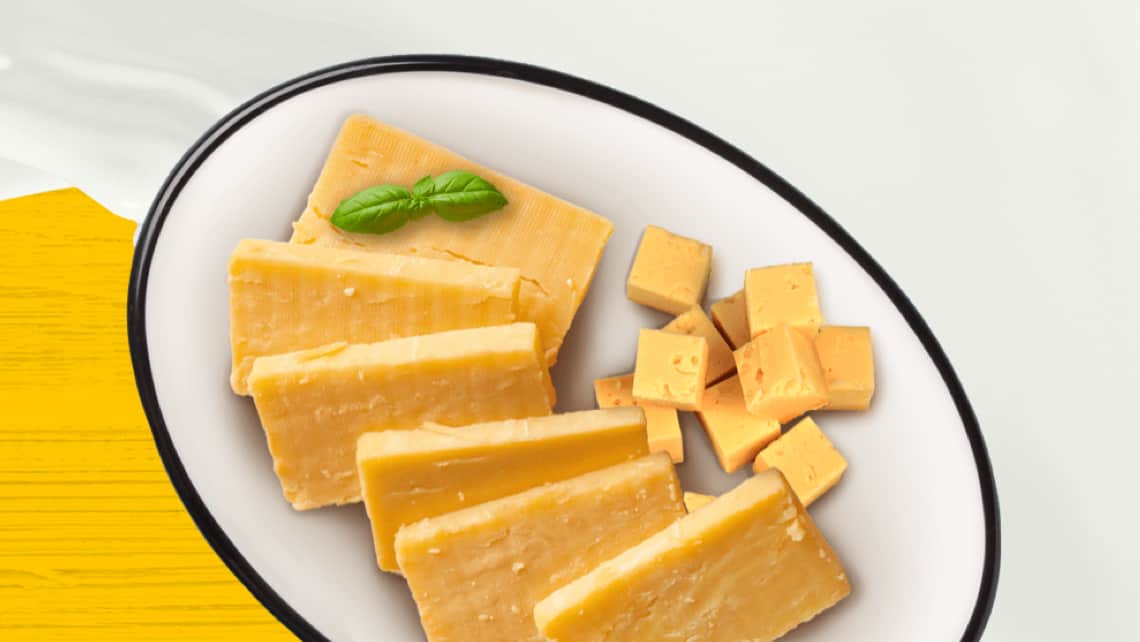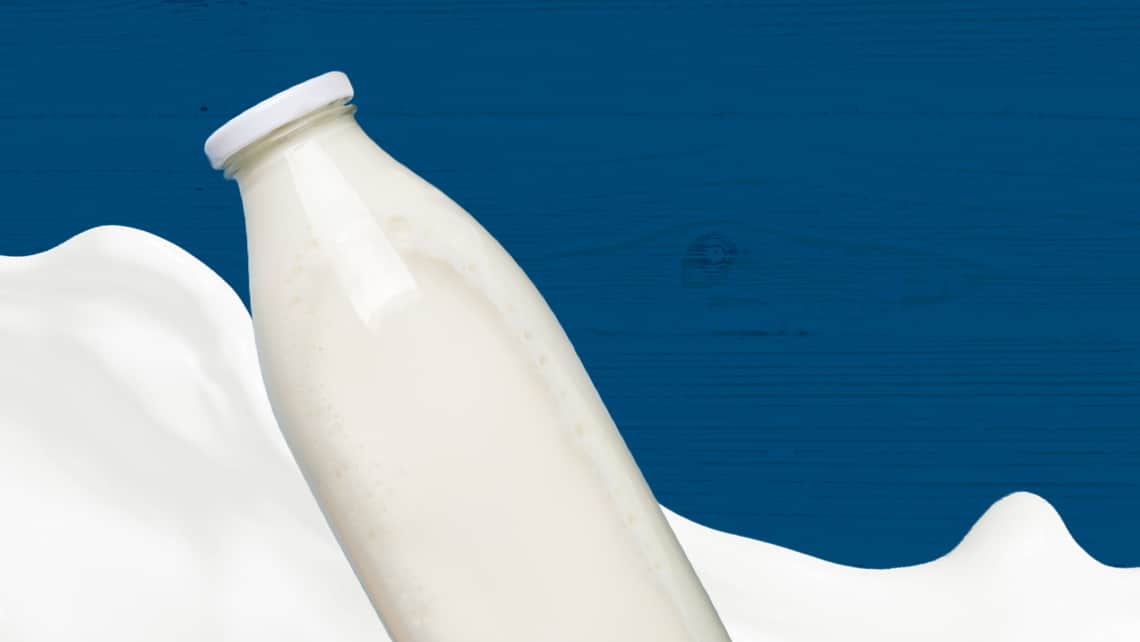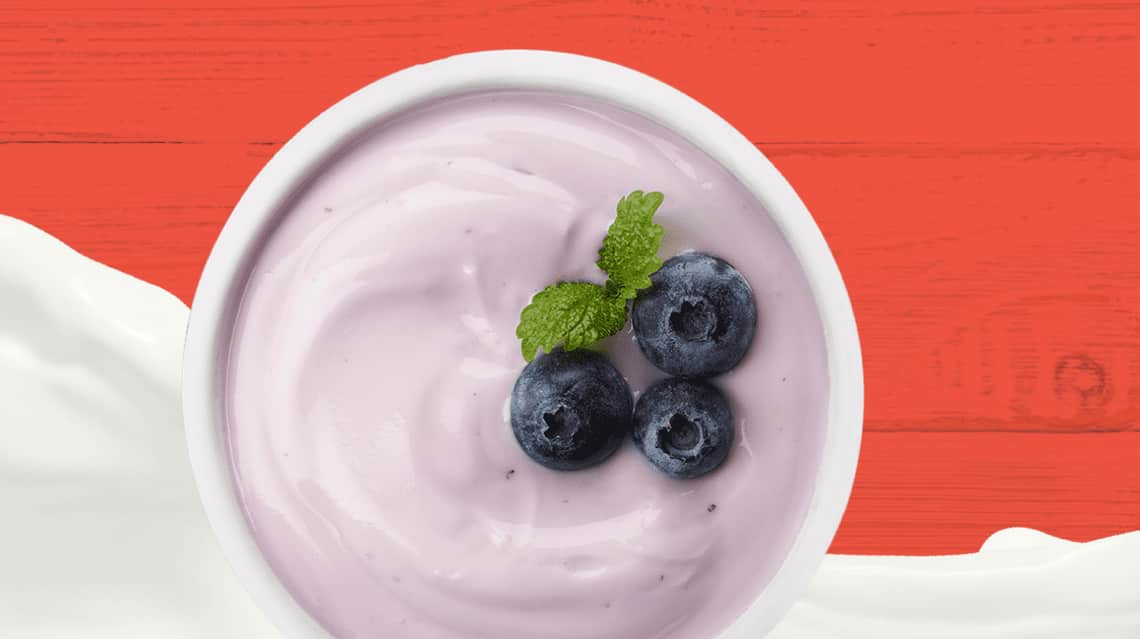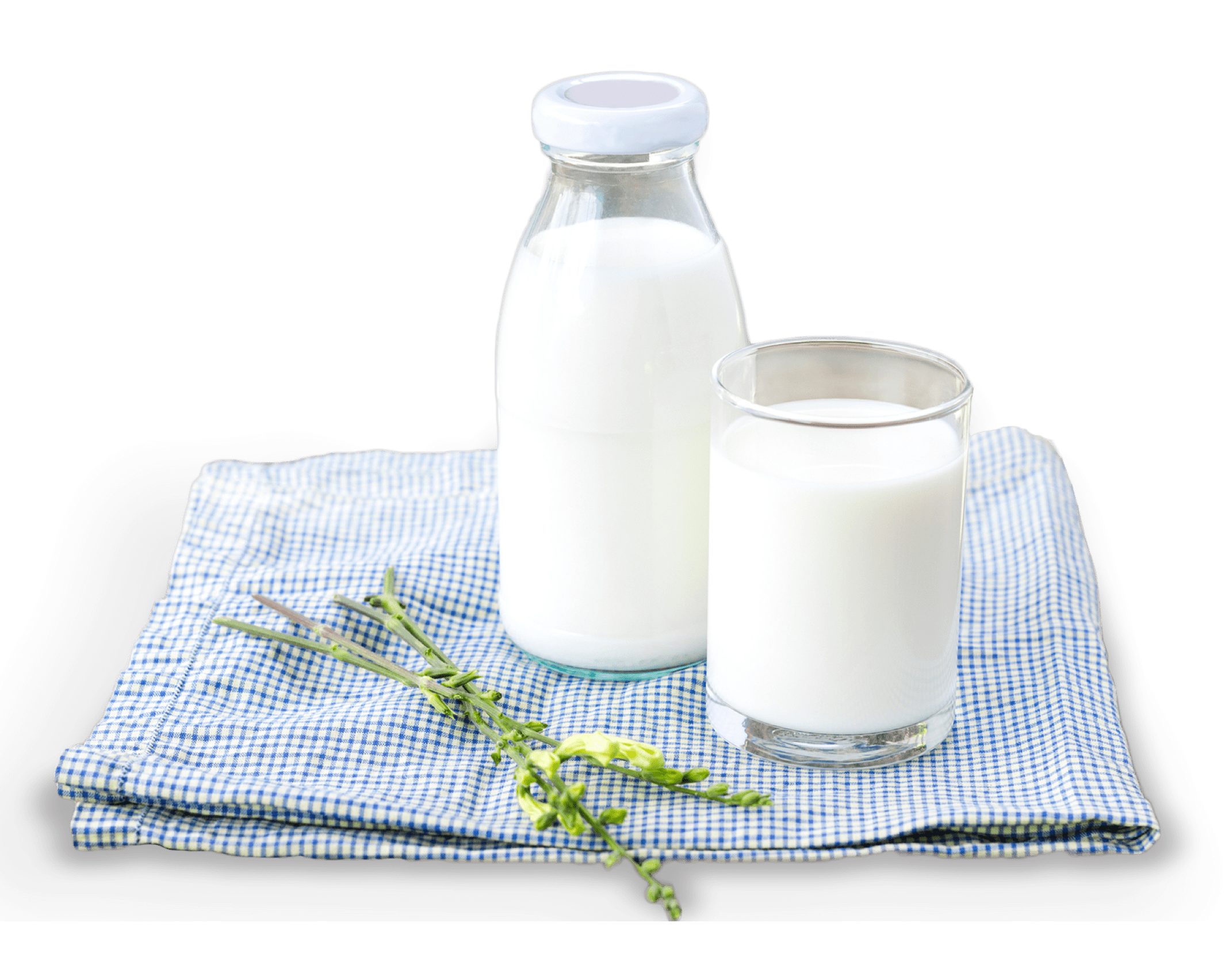DISCOVER DAIRY
Whether you’re planning tonight’s dinner, or looking for a quick snack, you can do a lot with dairy. Here, you’ll find information on types of dairy products and delicious dairy-inspired recipes.
Discover the local Ontario food scene with impressive recipes, tips from our renowned chefs, and the latest news and articles on the culinary community on Savour Ontario.


Whether it’s a slice of cheddar or a dollop of ricotta, see how Ontario cheese can make any meal even better.


Explore how this creamy product can be used in a variety of ways. Cooking, baking, drinking - you name it.




|
Nutritional value per 250 mL |
||||
|
|
Skim |
1% |
2% |
Homogenized |
|
Energy (kCal) |
88 kCal |
108 kCal |
129 kCal |
155 kCal |
|
Total fat |
Trace |
3 g |
5 g |
8 g |
|
Saturated fat |
0.2 g |
1.6 g |
3.3 g |
5.4 g |
|
Cholesterol |
5 mg |
13 mg |
21 mg |
26 mg |
|
Sodium |
109 mg |
113 mg |
106 mg |
103 mg |
|
Carbohydrate |
13 g |
13 g |
12 g / 4% |
12 g / 4% |
|
Protein |
9 g |
9 g |
9 g |
8 g |
|
Sugars |
13 g |
13 g |
13 g |
14 g |
|
Vitamin A |
158 RAE* |
150 RAE* |
142 RAE* |
72 RAE* |
|
Calcium |
324 mg |
307 mg |
302 mg |
291 mg |
|
Iron |
0.1 mg |
0.1 mg |
0.1 mg |
0.1 mg |
|
Vitamin D |
2.7 μg |
2.6 μg |
2.8 μg |
2.7 μg |